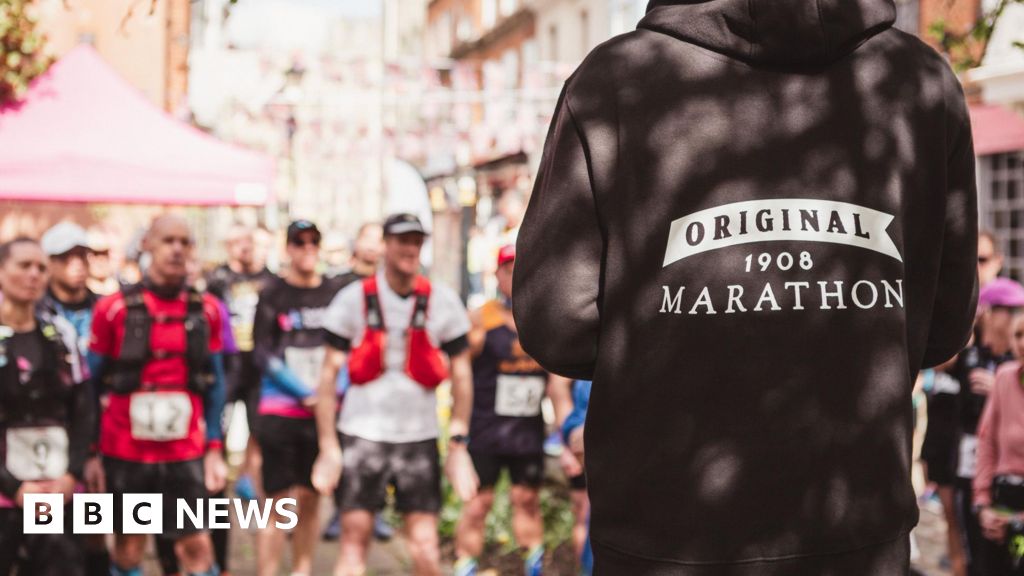Celebrating Women and History: The Original Marathon VIII
This past Saturday, a remarkable event unfolded as runners retraced the historic route of London’s first marathon, originally run over a century ago. The Original Marathon VIII commenced at the iconic Windsor Castle and concluded at White City, emphasizing the significance of both historical and contemporary athletic achievements. This year’s race was particularly momentous as it coincided with International Women’s Day, reflecting a commitment to inclusivity in sports.
A Journey Through History
The Original Marathon VIII replicated the path of the inaugural marathon held during the London 1908 Olympic Games. This 26.2-mile route, which set the standard for future marathons, navigated through various locations including Eton, Slough, Uxbridge, Ruislip, and more, ultimately ending in front of the royal box at the now-demolished White City Stadium. Interestingly, the first race was exclusively male, a fact that highlights significant strides towards gender equality in athletics.
Doubling Participation for Inclusivity
This year, the organizers have doubled the number of available places, expanding from last year’s 75 participants to 150. This significant increase was designed to honor the women who were barred from competing in the 1908 marathon and all those who faced similar restrictions in the years that followed. Organizers emphasized that this move marked a step toward acknowledging and rectifying historical inequalities in the sport of marathon running.
Notable Participants Leading the Charge
Among the 150 runners was the acclaimed Paralympics GB double gold medalist Richard Whitehead MBE. He expressed excitement about participating in the race, noting its historical importance. Whitehead, who is gearing up to complete 20 marathons globally in 2025, remarked on the significance of the 1908 race’s legacy and his anticipation of seeing historic markers along the route.
A Legacy of Athletic Excellence
The 1908 marathon not only established the official marathon distance but also gained international attention for its dramatic finish. Italian athlete Dorando Pietri, who initially led the race, faced a series of challenges in the stadium, culminating in his disqualification. Despite this setback, he was honored with a special cup from Queen Alexandra, illustrating the profound impact of this event on the world of athletics.
Revisiting a Historic Start Time
The race commenced at 11:30 GMT, mirroring the start time of the original 1908 marathon, a choice made to accommodate the changing of the guard at Windsor Castle. This attention to detail highlights the commitment of the organizers to honor the traditions of the past while celebrating the progress made in the realm of sports.
Conclusion: Moving Forward Together
The Original Marathon VIII not only serves as a celebration of athleticism but also as a reminder of the progress made towards inclusivity and equity in sports. As the marathon runners embraced the historical route, they also set the stage for future events that will continue to break barriers. This year’s event underscores the importance of recognizing the past while striving for a future where all athletes have the opportunity to compete.
